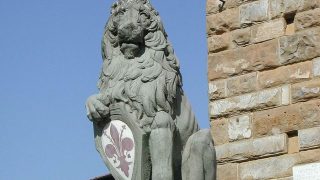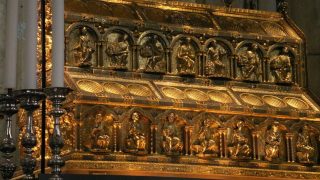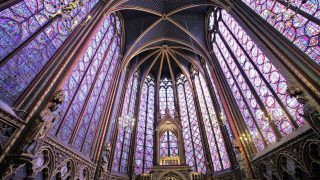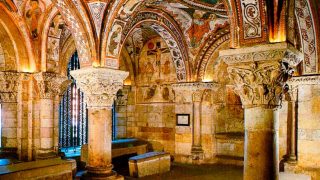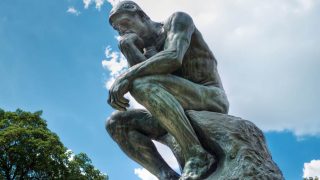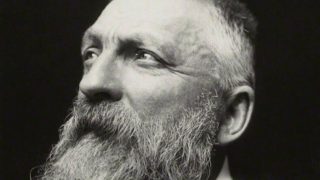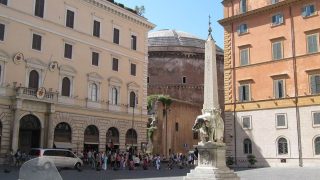The Republic of Florence was a powerful state that was established in 1115 and ended up being absorbed by the Grand Duchy of Tuscany in 1569. It was centered around the largest city in Tuscany, Florence, the cultural heart of Central Italy in which some of the most renowned Renaissance artists in history emerged. Yes, …
Sculptures
When Gian Lorenzo Bernini (1598-1680) moved to Rome with his family as a young boy, he barely left the city. After all, he had sworn to decorate the city and its most amazing buildings, and that’s exactly what he did for most of his long career. Because he was one of the most renowned Baroque …
Three distinguished guests from abroad visited Baby Jesus Christ shortly after his birth. They brought lavish gifts for the Son of God, including gold, frankincense, and myrrh. That’s the story according to the Gospel of Matthew, the only of the gospels to mention them. It has been widely adopted in Christianity and is a famous …
The transition between the Dark Ages and the Romanesque era happened around 1000 A.D. Romanesque Artworks were produced all around Europe during this phase of the Middle Ages. The exact moment that the transition between Romanesque art and Gothic art happened remains a bit obscure. Gothic art emerged in northern France in the 12th century. …
The Dark Ages is a term that emerged in the 14th century to describe the cultural decline of Western Europe following the Fall of the Western Roman Empire. This decline included the stop of monumental construction projects and the creation of artworks. Europe gradually crawled out of this dark hole and as certain regions such …
Very few artists in history were as politically involved as Jacques-Louis David (1748-1825). He was a supporter of the French Revolution in the late 18th century. He got connections to some of the most important people of the Revolution. This culminated in his adoration of Napoleon Bonaparte and his exile to Brussels after his idol’s …
One man revolutionized the world of sculpture in the late 19th century and this remarkable artwork played an essential role. Auguste Rodin (1840-1917) was a French artist who produced some of the most famous sculptures in history. One of these is an iconic depiction of a thinking man of which replicas can be found in …
When Donato di Niccolò di Betto Bardi (1386-1466), better known by his nickname “Donatello,” visited Rome in the early 15th century, he was able to study classical sculptures. The Renaissance sculptor used his knowledge to produce amazing sculptures that incorporated the ideals of Humanism and Naturalism. These were elements that weren’t present in the idealized …
Just about every innovation in the world of art was heavily criticized in the beginning. The same applied to this famous French artist. Auguste Rodin (1840-1917) is considered to be the founding father of modern sculpture because he was one of the first artists who went against conventional ideas of sculpture. His talent and unique …
When Gian Lorenzo Bernini (1598-1680) moved with his family to Rome in the early 17th century, he was amazed by the city’s architecture. His big dream as a child was to decorate the magnificent St. Peter’s Basilica that he had visited with his father. The reality far exceeded the child prodigy’s wishes. Very few Baroque …

